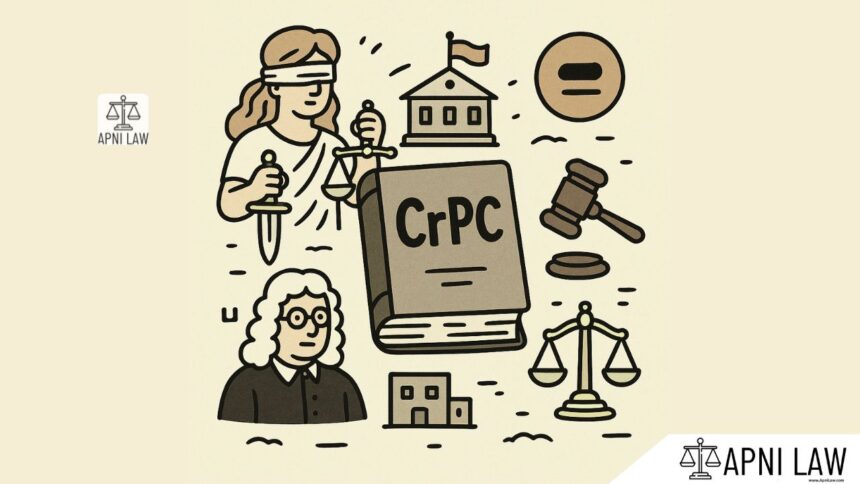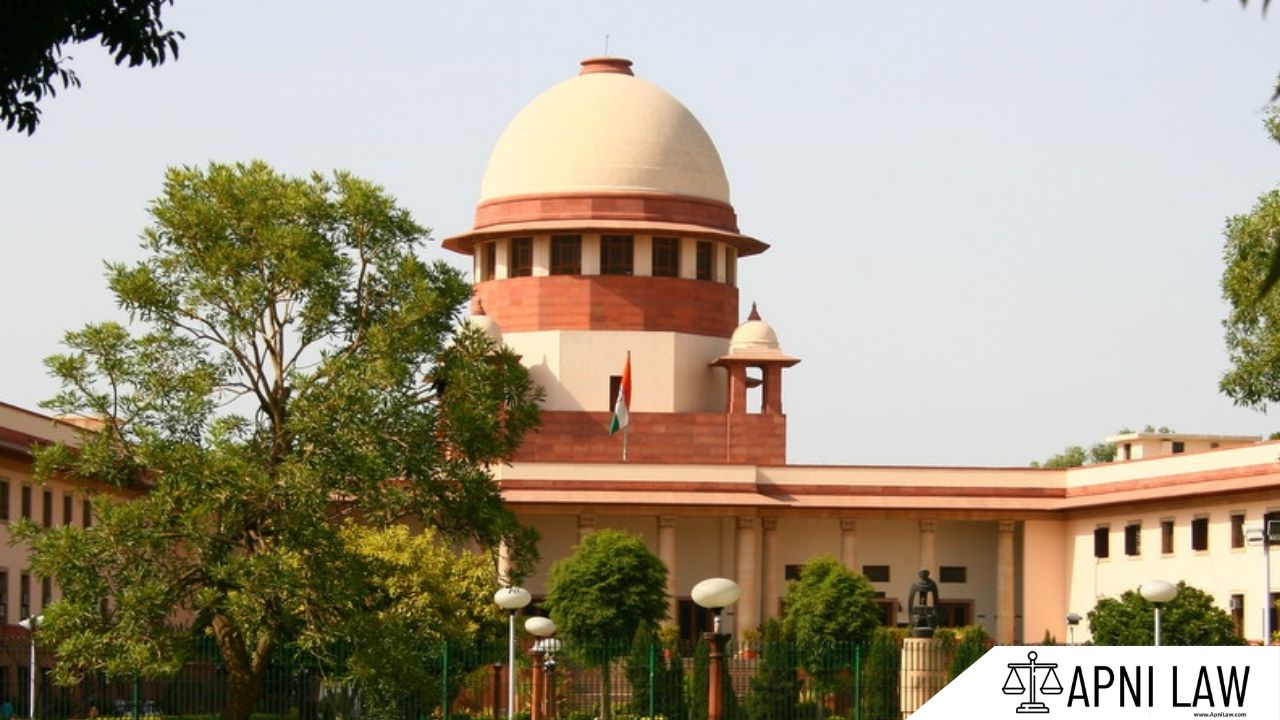Code
(1) If, when the accused appears or is again brought before the Magistrate or Court, as the case may be, the Magistrate or Court considers him capable of making his defence, the inquiry or trial shall proceed.
(2) If the Magistrate or Court considers the accused to be still incapable of making his defence, the Magistrate or Court shall act according to the provisions of section 328 or section 329, as the case may be, and if the accused is found to be of unsound mind and consequently incapable making his defence, shall deal with such accused in accordance with the provisions of section 330.
Explanation
This section outlines the steps that must be taken when an accused person is brought before a Magistrate or Court. It covers:
- Notice to the Accused: The Magistrate or Court must inform the accused of the charges against them, the date of the next hearing, and their right to legal representation.
- Right to Counsel: The accused has the right to be represented by a lawyer, and the Court must ensure that they have access to legal aid if necessary.
- Recording of Appearance: The appearance of the accused must be recorded in the court proceedings.
- Bail: The Magistrate or Court can grant bail to the accused, subject to certain conditions.
- Remand: If bail is not granted, the accused may be remanded to custody.
Illustration
Imagine a person, A, is arrested by the police for theft. A is brought before a Magistrate. The Magistrate informs A of the charges against them and the date of the next hearing. A is also informed of their right to legal representation. The Magistrate then decides whether to grant bail to A or remand them to custody.
Common Questions and Answers
Q: What happens if the accused fails to appear in court?
A: A warrant can be issued for the accused’s arrest.
Q: Can the accused be forced to appear in court?
A: Yes, the accused can be brought to court by force if they refuse to appear voluntarily.
Q: What are the conditions for granting bail?
A: The Magistrate or Court can consider factors like the nature of the crime, the likelihood of the accused absconding, and the potential for the accused to influence witnesses.







